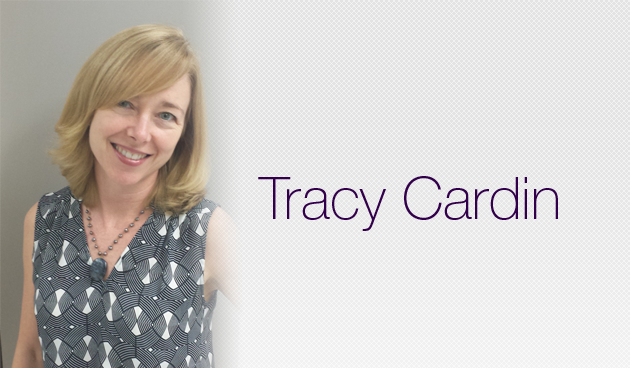It’s kind of funny, but a bunch of people sent me this recent Medscape article entitled, Can a Nurse Practitioner Be the ‘Attending Physician’ in the Hospital Setting. I found this quite humorous. I’m pretty sure that the “spontaneous generation theory” was debunked by Louis Pasteur in the early 1900s and would apply to nurse practitioners and physicians as well as bananas and fruit flies.
Of course I can’t be an attending physician. I am not a physician, and my transmogrification skills are woefully under-developed! I guess I also find it funny that people would think that I would react to this in some way – that being the ‘attending physician’ is the goal of nurse practitioners, along with mandating the strength of coffee in America and controlling the weather.
The article itself was a very factual one looking at the federal statute, in Medicare’s Conditions of Participation, which requires that a “physician” supervise the care of a hospitalized patient and does not define “physician” in a way that includes nurse practitioners. And, mostly, that’s ok. That’s right. It’s OK…in theory. I mean in most cases I believe that the collaboration with MD and NP/PA providers really constitutes the highest quality of care. I’ve been taking care of all kinds of patients for an awful long time, and lots of times I want and need some collaboration with my fellow physicians. But I work in a very busy, urban, large academic medical center, and in this setting that makes sense.
However there are tons of rural hospitals and other access points for medical care where physicians are few and far between and NP/PA providers are delivering all of the care, and dancing around the “federal statutes” in order to bill appropriately. There are far too many arcane barriers to full practice authority licensure and practice in the US. Only about 30% of the U.S. has full scope of practice for NP providers. The rest of the country has reduction in practice and licensure such as collaborative agreements, or some supervision or team management by another discipline such as medicine.
Beyond legislative barriers there are other roadblocks. Many studies have noted that lack of physician knowledge regarding NPs scope of practice have been identified as a major barrier. This can be somewhat exacerbated by the traditional hierarchical physician model of dominance-where, as the AMA has vociferously lobbied-the MD acts as the “team leader”. Even the IOM notes that NP providers could manage lots of chronic conditions, without a specific MD overlord. A collaborator, sure.
There are many, many arenas that prohibit and truncate maximum scope of practice for NP/PA providers. And in my travels I have run into (well it’s better than running over!) physicians with old fashioned – and I don’t mean wholesome – ideas and perspectives about NP/PA providers. And I understand the perspective of feeling bewildered and threatened by change, especially if change is marketed as innovation. We as NP/PA providers could be a lot of help to our overworked, overburdened system, to patients who need access, to the chronically ill. In order to do that we need to have a seat at the table, be included in the conversation, and have the shackles removed that inhibit the growth and development of our safe and effective practice.
But we do not need to be turned into fruit flies, or attending physicians.



Leave A Comment